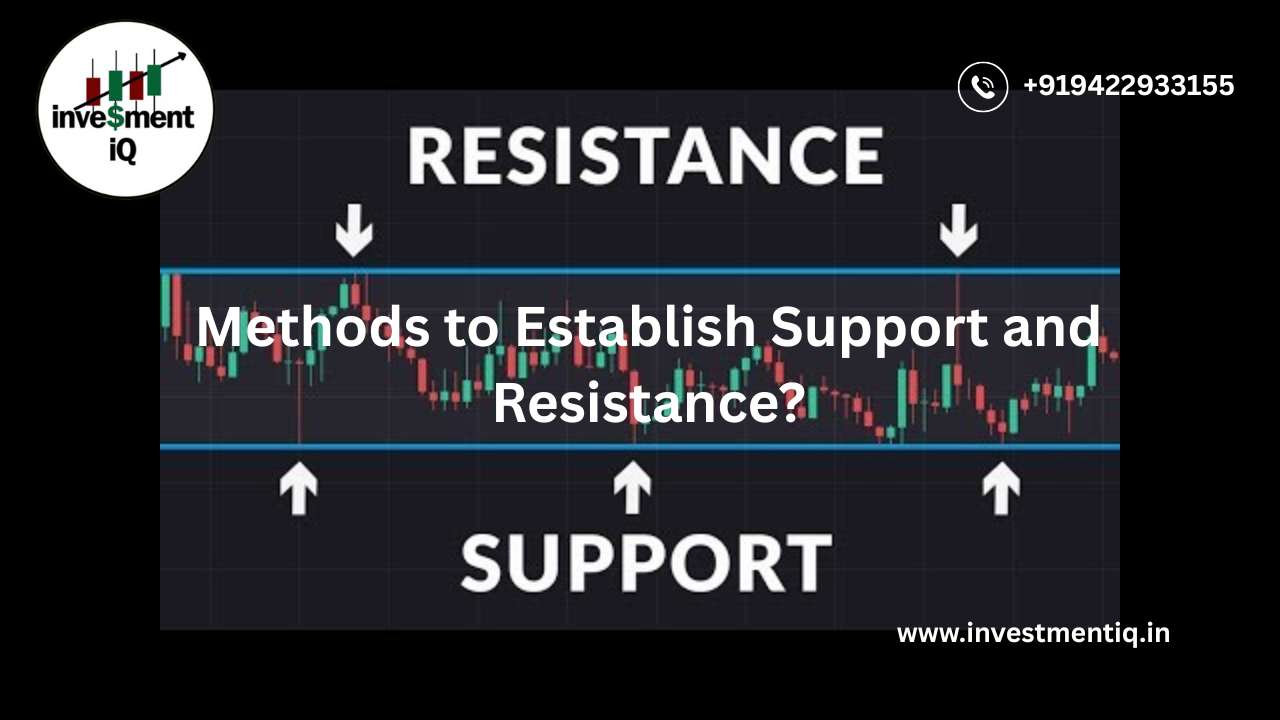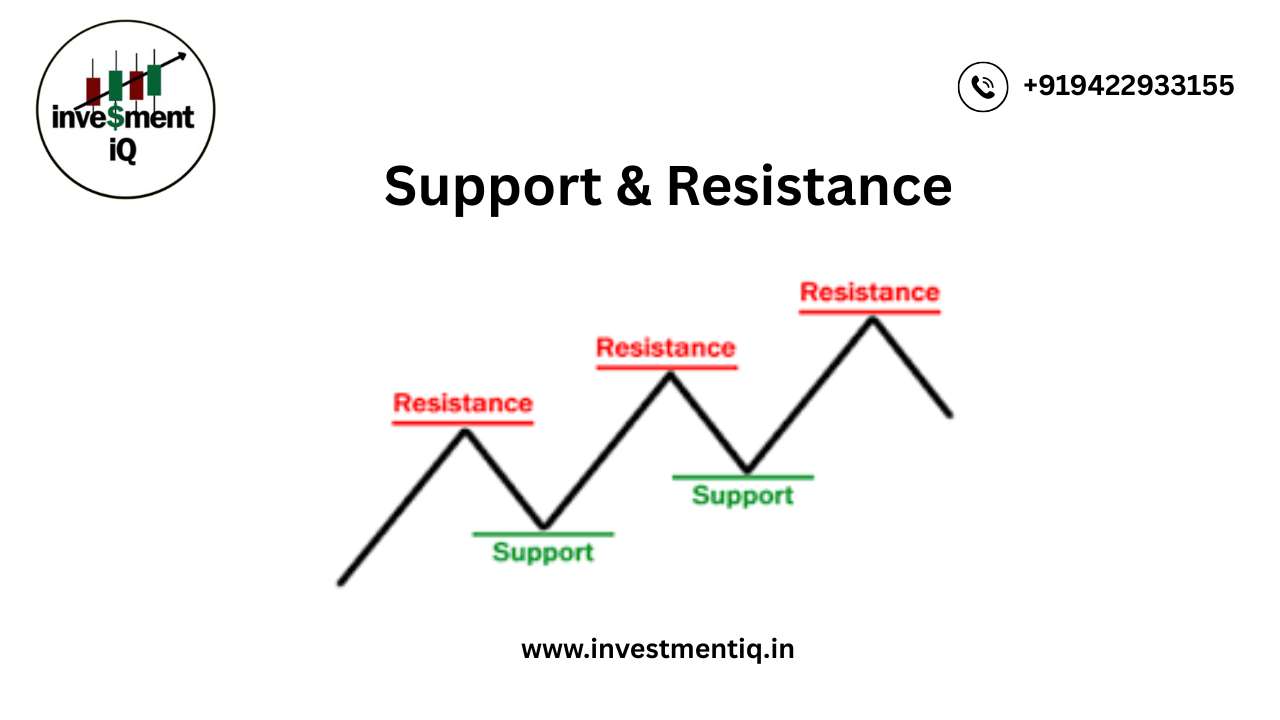
Decision Point Intermediate-Term Breadth Momentum Oscillator (ITBM)
Decision Point Intermediate-Term Breadth Momentum Oscillator (ITBM) Compared to the shorter-term McClellan Oscillator, the ITBM provides a distinct viewpoint on breadth. Carl Swenl in created the Intermediate Term Breadth Momentum Oscillator (ITBM) to offer an alternative viewpoint for interpreting the McClellan Oscillator. This indicator is computed using the Ratio-Adjusted version of the McClellan Oscillator. Welcome to Part our Technical Analysis 101 Series – “Dominate the Markets with Smart Technical Analysis”! Calculating…









